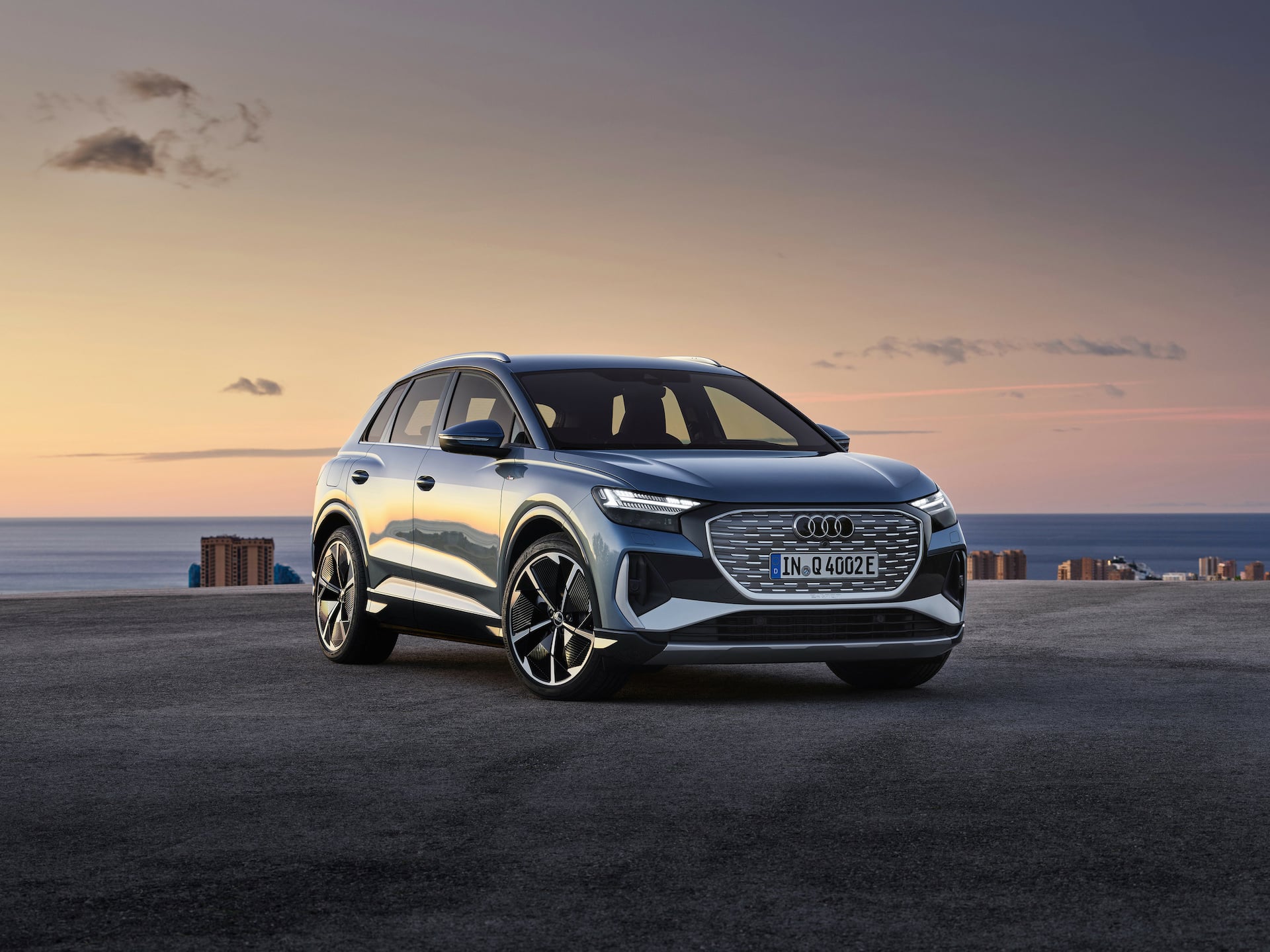What’s Happening: Green NCAP has released the results of their Life Cycle Assessment (LCA) of greenhouse gas emissions and primary energy demand for 34 cars tested in 2022. The assessment found that larger and heavier cars significantly increase climate impact and energy demand, with consumers and manufacturers sharing the burden due to their preference for larger vehicles, particularly SUVs.
Why It Matters: The LCA results highlight the environmental differences between various car models and emphasize the importance of weight on their impact. While battery electric vehicles emit considerably fewer greenhouse gases over their lifetime, the gains are partially offset by their increased weight. The growing trend toward heavier vehicles could potentially undermine the potential of electric vehicles in reducing greenhouse gas emissions.
Key Points:
- Battery electric vehicles were found to emit 40-50% less greenhouse gases compared to conventional petrol cars.
- The bio-ethanol (E85) operated Ford Puma showed reduced greenhouse gas emissions, comparable to the range of battery electric cars.
- Green NCAP’s studies revealed a relative rise in energy consumption of about 2% per 100 kg increase in mass for all three powertrain types (electric BEV, non-rechargeable hybrid HEV, and conventional ICEV).
- Vehicle production’s environmental impact is significantly affected by higher mass, with a net mass increase of 100 kg potentially resulting in an additional 500-650 kg of GHG emissions and 1.9-2.4 MWh of energy demand (in vehicle production without battery, including recycling).
- Over the last decade, the average weight of vehicles sold has risen by about 9% or around 100 kg, with small SUV sales increasing five times and large SUV sales increasing seven times.
- The 100 kg average increase in weight for a compact family car results in approximately 1.4 tonnes of additional greenhouse gas emissions and 5.7 MWh of extra energy consumption.
- In 2022, 9.3 million vehicles were sold in Europe, with 12.2% being battery electric. The weight increase of approximately 100 kg in eight million vehicles is equivalent to the impact of around 200,000 extra cars on European roads.
Bottom Line: Green NCAP’s LCA results underscore the need for both manufacturers and consumers to consider the weight of vehicles, in addition to their powertrain, when making purchasing decisions. By focusing on reducing the mass of their products, manufacturers can help mitigate the negative environmental impact of heavier vehicles. Similarly, consumers can make more environmentally conscious choices by considering both the powertrain and weight of their new cars. As heavier vehicles continue to dominate the market, it is crucial to address this trend to fully realize the potential of electric vehicles in reducing greenhouse gas emissions.


